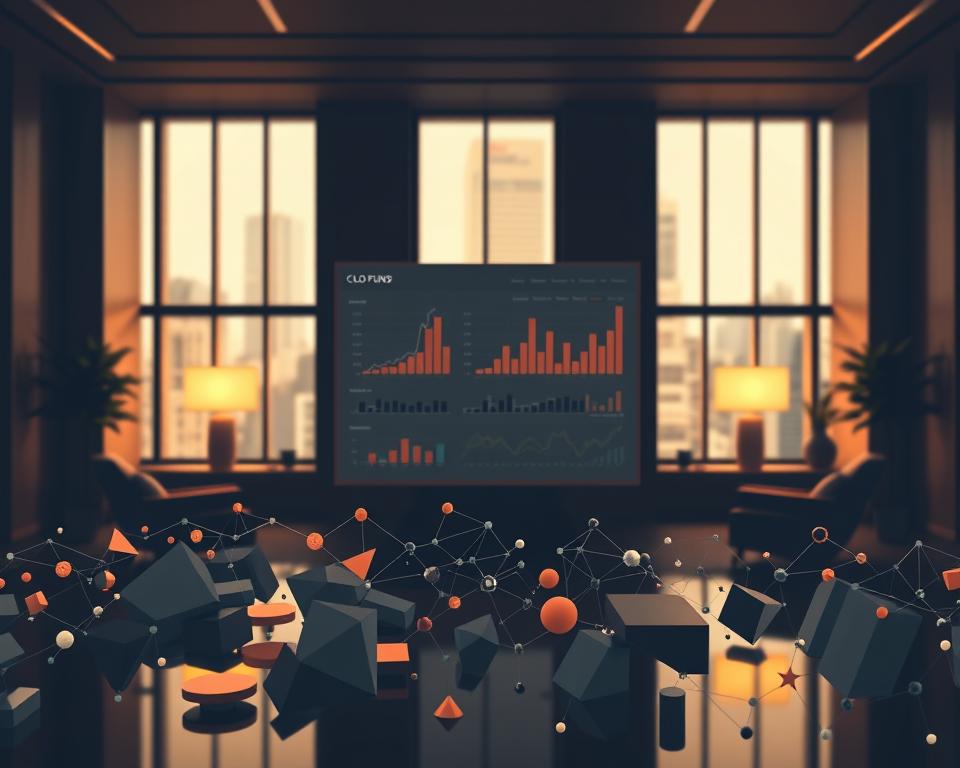Keypad Setup for Garage Door in Newport Beach – Professional Assistance
Ever thought about a straightforward keypad could change your access experience? The world of installing a garage door keypad in Newport Beach exceeds mere convenience. It involves increasing safety and streamlining your everyday routine. Coastline Garage Doors offers exceptional solutions across Newport Beach, customized for your individual demands. This article examines the significance of garage door keypads, their pros, and the expert help available for picking and setting up the optimal unit that your home needs.
Understanding Garage Door Keypads
Garage door keypads deliver a convenient and safe way to access your garage. They eliminate the need for conventional keys/remotes. These chamberlain garage door installation require a distinct code for entry, thus constituting an essential element of contemporary residential security. Grasping what a garage door keypad does assists homeowners in realizing its benefits.
An Overview of Garage Door Keypads
A keypad for a garage door is a cordless mechanism that lets you open your garage door with a numeric code. It eliminates reliance on keys or remotes, ensuring simple entry. This system is ideal for those wanting effortless access to their garages, rendering it a favored solution among families and individuals.
Advantages of Garage Door Keypads
Using a garage door keypad brings multiple perks that are enticing to residents.
- Enhanced Security: You can modify your entry code often, minimizing potential intrusions.
- Ease of Use: They eliminate the hassle of keys, avoiding the need to manage keys or look for remotes.
- Effortless Entry: Custom codes can be given to those you trust, providing entry without the need for a traditional key.
- Short-Term Access Codes: Many keypads enable temporary codes for guests, allowing temporary access without compromising security.
Not only do these features increase convenience, they also upgrade overall security.
Selecting the Perfect Garage Door Keypad
When choosing a access keypad it’s crucial to look at popular names. Liftmaster and Genie are leading names that offer various features to accommodate various preferences. Knowing these options helps homeowners make the right choice for their garage.
Leading Brands: Liftmaster vs. Genie
Liftmaster stands out for exceptional security and consistent performance. Their Liftmaster keypad setup Newport Beach provides simple functionality, enabling various code setups. In contrast, Genie is acclaimed for its innovative features. Their Genie keypad programming Newport Beach makes installation simple and provides wide system compatibility.
Ensuring System Compatibility
Before buying a keypad ensure it works with your current setup. A compatible keypad avoids future problems. Both Liftmaster and Genie provide models compatible with numerous garage door openers. Look at features like security encryption and frequency to find the best keypad for you.

Professional Keypad Setup in Newport Beach
Opting for expert keypad installation services in Newport Beach guarantees proper setup. An skilled professional avoids typical issues while ensuring safety. Thus averting problematic setups that might lead to malfunctions or reduced security.
Why You Should Hire Experts
Many homeowners tend to underappreciate the complexity of keypad installation.
- Secure Handling: Incorrect handling of electrical parts can be dangerous.
- Efficiency: Professionals complete the installation swiftly while adhering to guidelines.
- Accurate Installation: Proper configuration guarantees the keypad operates correctly.
Local Experts: Coastline Garage Doors
For keypad installation in Newport Beach, Coastline Garage Doors stands out as a leading provider. With proven expertise and a focus on quality, they deliver customized solutions. Their experts are capable of installing various keypads to ensure flawless system integration. Attention to detail means every installation is both precise and safe.
Step-by-Step Installation Process
Setting up a keypad for your garage door markedly enhances security and ease of access. Be it a DIY project or professionally handled, understanding the steps is crucial.
Preparing for Installation
Proper planning is essential before commencing the installation. Having the right tools and materials ready will make the process easier. Make sure you have the following items:
- Power drill
- Screwdriver
- Wire strippers
- Power tape
- Tape measure
- Keypad model manual
Reading the manual is imperative for correct setup. Confirm the chosen location is reachable and electrically supported.
Installation: Wiring and Configuration
After preparing, proceed with wiring the keypad. Consider the following process:
- Identify the wiring junctions in the opener’s main unit.
- Remove insulation from the wires to expose clean ends for connection.
- Follow the diagram to link the keypad wires to the opener correctly.
- Fasten the connections with electrical tape to ensure they stay intact.
- Set up the keypad settings as described in the manual, including setting a secure code and adjusting specific garage door settings.
Accurate wiring guarantees seamless integration with your system. Adhering to these steps leads to a smooth setup.
Common Issues with Garage Door Keypads
Despite their advantages, keypads sometimes encounter common malfunctions. Identifying these faults facilitates effective repair. Common faults include low signal strength and battery depletion. Determining the source of the problem can be cost-effective.
Troubleshooting a Faulty Keypad
When the keypad fails, consider the following remedies:
- Inspect the batteries to ensure they are fully charged and correctly fitted.
- Reset the keypad by using the reset procedure outlined in the manual.
- Eliminate any interference from other nearby transmitters, ensuring nothing blocks the signal between the keypad and the garage door opener.
Tips for Replacing Batteries
Routine care helps avoid frequent faults. Use these recommendations when changing batteries:
- Use high-quality batteries as specified by the manufacturer.
- Change batteries on an annual basis or at the first sign of trouble.
- Ensure the battery holder is free from debris and corrosion.
Liftmaster Keypad Setup Newport Beach
Setting up your Liftmaster keypad correctly ensures its efficient operation with your garage door opener. The following Liftmaster keypad setup instructions Newport Beach will guide you through a straightforward process, helping you manage your garage door security and convenience effectively.
Guide to a Smooth Liftmaster Installation
Start by collecting required tools and confirming compatibility of your opener with the Liftmaster keypad. Follow these detailed steps:
- Identify the “Learn” button on your opener.
- Hold down the “Learn” button until the light activates.
- Input a 4-digit code on your keypad within 30 seconds, then hit “Enter”.
- Wait for the lights on the garage door opener to blink, which confirms that the setup was successful.
- Confirm the setup by testing the keypad to see that the door responds correctly.
Fixing Issues with Liftmaster Keypads
If you encounter issues during the setup or operation of your Liftmaster keypad, use the following troubleshooting tips:
- Ensure the keypad battery is fresh and correctly installed.
- Should there be a lack of response, reprogram the keypad as instructed.
- Eliminate interference from surrounding devices that could disrupt the signal.
- Reset the unit per the manufacturer’s guidelines and try programming again.
Programming Your Genie Keypad in Newport Beach
Setting up the Genie keypad markedly enhances system convenience and protection.
Genie Keypad Programming Instructions
- Locate the “Learn” button on your Genie garage door opener and press it.
- Input your chosen 4-digit code and then hit “Enter”.
- Press “Enter” once more to verify, with flashing lights confirming success.
- Make sure the door operates by entering your PIN and verifying the outcome.
Common Programming Errors and Solutions
During Genie keypad programming, certain issues might arise:
| Issue | Solution |
|---|---|
| Incorrect PIN entry | Re-enter the correct PIN and repeat the process |
| Keypad not syncing with opener | Ensure you press the “Learn” button and follow the programming steps accurately |
| Keypad non-responsive | Check the batteries and replace them if necessary |
Optimizing Security Through Your Garage Door Keypad
Enhance your home’s protection by following these keypad security strategies. A entry keypad offers easy access but must be secured appropriately. By following best practices, you can boost your garage and home’s security.
Keypad Security Guidelines
Adopt these recommendations to maximize keypad security:
- Establish multifaceted codes using letters, numbers, and special characters.
- Regularly change your security codes to minimize risks.
- Refrain from simple patterns like birthdates or sequential numbers.
- Activate any built-in auto-lock functions for added security.
- Monitor for any unauthorized access attempts or signs of tampering.
Guest Access Through Temporary Codes
Issuing temporary codes allows flexible guest entry without compromising safety.
- Assign temporary codes for short visits, ensuring they do not overlap with your main security code.
- Limit the duration these codes remain active, deleting them upon the guest’s departure.
- Inform guests to avoid sharing their temporary codes with others.
Replacing Your Overhead Door Keypad in Newport Beach
Keeping your overhead door keypad in good condition is vital for safe and easy garage access. Timely replacement avoids malfunctions and enhances safety. Signs like unresponsive keys, intermittent faults, or physical damage suggest it’s time for a new keypad.
Signs That It’s Time to Replace Your Keypad
Several indicators suggest it’s time for a new keypad:
- Repeated issues with responsiveness when inputting codes
- Obvious signs of physical deterioration on the keypad
- Erratic performance in code validation
- Strange noises or malfunctions during operation
Such issues compromise both entry efficiency and overall security. Ongoing issues typically indicate the need for a replacement in Newport Beach.
Finding the Ideal Replacement Keypad
Make sure the new keypad integrates with your existing system. Reputable options are available from Liftmaster and Genie. Examine technical specifications including connectivity and programming details. Important aspects are:
| Brand | Compatibility | Capabilities | Cost |
|---|---|---|---|
| Liftmaster | Tailored for Liftmaster systems | Weatherproof and illuminated | $30 to $60 |
| Genie | Compatible with Genie systems | Advanced programming, robust build | $25 to $55 |
| Chamberlain | Fits most systems | Modern features and secure access | $35 – $65 |
By considering these aspects, you can find the right keypad for your needs. This will save you time and ensure secure access for years.
The Bottom Line
In summary, professional garage door keypad installation in Newport Beach is vital for homeowners. It enhances both ease of access and safety. This discussion demonstrates the importance of selecting the appropriate keypad and professional assistance. Proper setup leads to reliable access and fortified security.
Coastline Garage Doors services cater to each homeowner’s specific needs, offering expert guidance and support during installation. Rely on their skilled professionals to maintain a flawless garage door system that offers security and reassurance.
If you require a new keypad or wish to maintain your existing system effectively, Coastline Garage Doors is the answer. Their proven skills guarantee long-lasting, secure access to your garage door.









